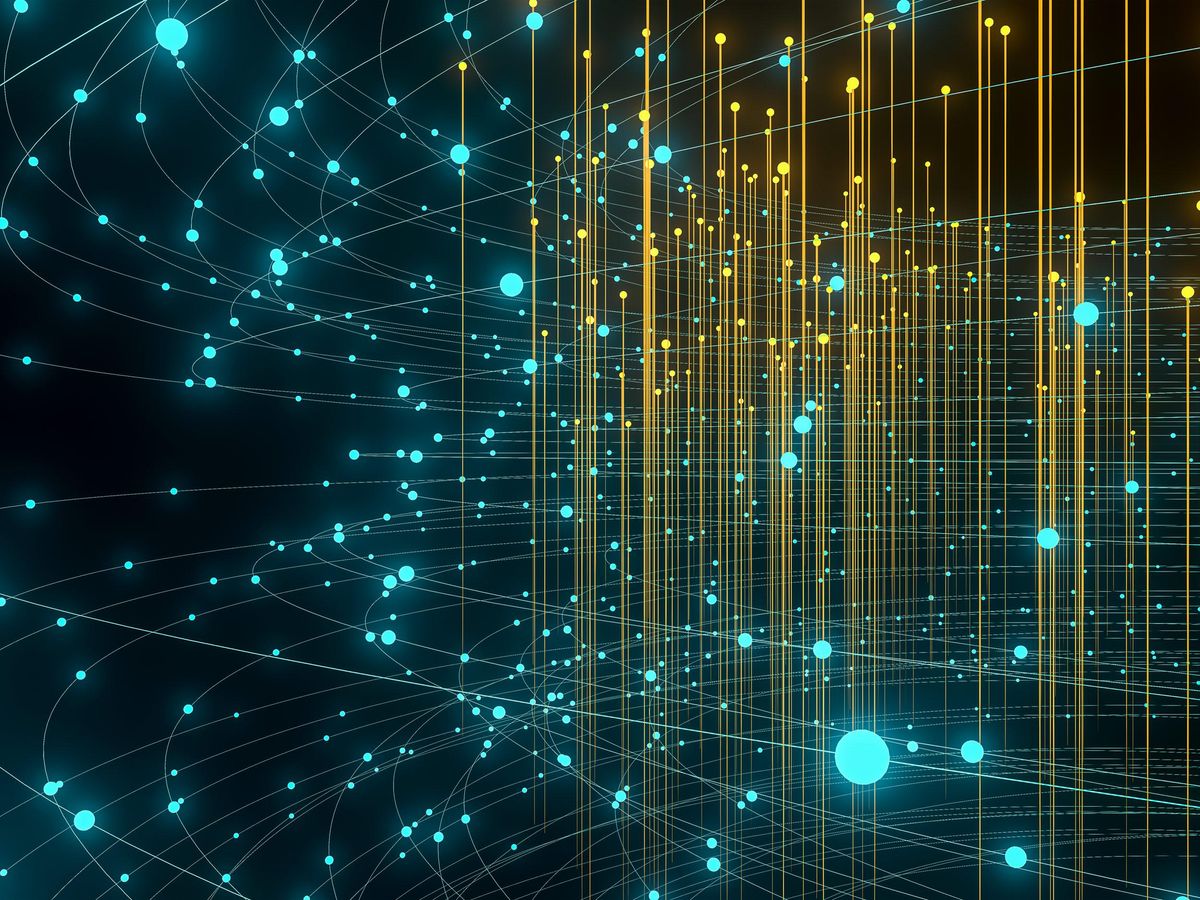Rare “black swan“ disasters such as earthquakes or pandemics that have proven hard to forecast could become predictable with the help of AI, a new study finds.
Unusual events such as rogue waves or wildfires can have dire consequences. However, their rarity means there is little historical data for predictive models to analyze in order to accurately forecast when they might happen in the future. In addition, these events often appear to arise from an unknown set of physical conditions, making predicting them analogous to finding a needle “in an infinite-dimensional haystack,” the study noted.
Now researchers have suggested a new strategy to overcome these challenges. It unites AI, which typically relies on tons of data for training, with the statistical approach known as Bayesian reasoning, in which prior knowledge helps compute the chances that an uncertain choice might be correct.
The goal of this combination is to identify what might be the most useful data points when it comes to making accurate predictions of rare events. The point is to make the most of scarce data. Essentially, the quality of the data points can help make up for their lack of quantity, potentially allowing more to be done with less.
“Typically, AI needs plentiful data to be successful,” says study lead author Ethan Pickering, a machine-learning research scientist now at Bayer Crop Sciences in Cambridge, Mass. “With our approach, only a small amount of carefully selected data are needed to provide accurate and reliable results.”
Previous research into forecasting extreme events focused on developing equations to properly model the complex systems that give rise to these events. However, “the governing equations to these systems are extremely sensitive to noise and assumptions, meaning that even carefully crafted physics-based models frequently fail and are impossible to implement in practice,” Pickering says. Even worse, these governing equations “are typically unknown for the real-life systems we care about, leaving us without physics-based methods to understand these phenomena.”
Instead, the scientists relied on AI systems that made predictions based simply on data. “AI provides a flexible opportunity to skip over this fundamental equation-based challenge and base our understanding of these systems on observed truth,” Pickering says. “The hurdle in this, however, is that we need enough data for AI to effectively understand the complex system we are asking it to model.”
In the new study, the researchers experimented a deep neural network called DeepONet. A neural network is made of computing nodes connected together in a way that roughly mimics the links between neurons in the human brain. A neural network is dubbed “deep” if it possesses multiple layers of nodes.
Specifically, DeepONet is a deep neural operator. This variety of AI system is composed of two neural networks in one, processing data in two parallel networks. This architecture helps it efficiently learn how physical systems operate.
“Using an ensemble of deep neural operators results in uncertainty quantification that allows our approach to work well,” Pickering says.
The scientists observed that their approach helped analyze the risks of a number of rare scenarios, including estimating the chances of dangerous spikes of cases during a pandemic, finding out which seemingly benign waves could lead to hazardous rogue waves, and estimating when a ship might crack in half due to stress.
Pickering and his colleagues found that their new method outperformed traditional modeling efforts when it came to predicting these events. “We were simply surprised at how well our approach worked for every system we tried, including many not described in the paper, as well as very complex systems,” Pickering says.
In the future, the scientists would like to use their strategy to help forecast disasters that today’s computer models suggest will come with climate change.
“I’ll give a topical example, as this year, 2023, we expect an El Niño to initiate a substantial increase in extreme weather events, namely hurricanes,” Pickering says. The researchers’ strategy, in conjunction with computer models of hurricanes, could help “efficiently uncover the likely and catastrophic scenarios that society must prepare for in 2023” and “can also be used to discover the optimal extreme-event mitigation scenarios that are now extremely beneficial for addressing incoming disasters.”
A challenge the researchers face when it comes to forecasting climate change disasters is “whether the problems we are interested in are simply still too complex,” Pickering cautions. “Even if we reduce the amount of data needed to understand the system, that amount of data [that's necessary] may still be too much for us to generate. However, with very skilled scientists working with algorithms like ours, we may be able to reduce the complexity appropriately and find workable solutions to our big climate challenges.”
The scientists detailed their findings 19 December in the journal Nature Computational Science.
- U.S. Military, Looking to Automate Post-Disaster Damage ... ›
- Disaster Forensics - IEEE Spectrum ›
- The Black Swan and the Bell Curve - IEEE Spectrum ›
Charles Q. Choi is a science reporter who contributes regularly to IEEE Spectrum. He has written for Scientific American, The New York Times, Wired, and Science, among others.



